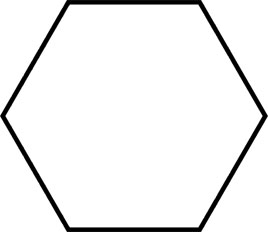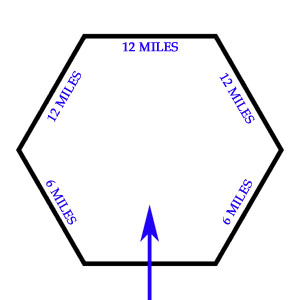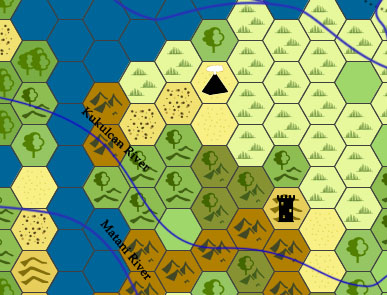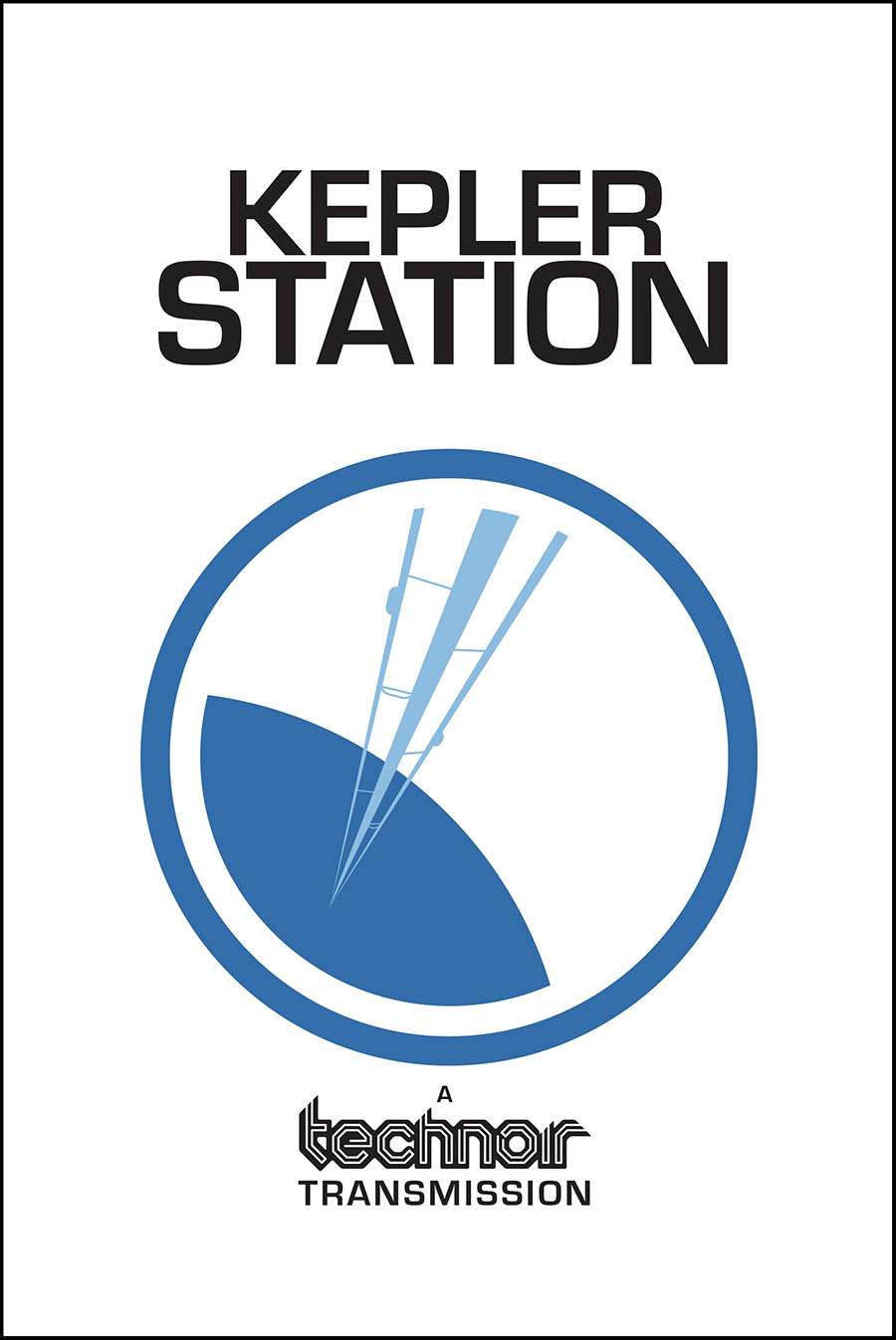Tagline: Terra Nova, the colonial world in which the Heavy Gear game is set, is the best setting for a roleplaying game ever. Period. Life on Terra Nova is your key to that wonder.
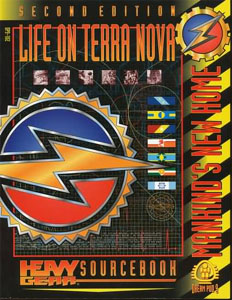 I had a difficult time with this review. The back of mind kept getting plagued with the notion of marking down one or both of the scores for various shortcomings. Eventually, though, commonsense won out: This book may have a couple of problems, but that doesn’t change the fact that it’s one of the best sourcebooks you’ll ever buy.
I had a difficult time with this review. The back of mind kept getting plagued with the notion of marking down one or both of the scores for various shortcomings. Eventually, though, commonsense won out: This book may have a couple of problems, but that doesn’t change the fact that it’s one of the best sourcebooks you’ll ever buy.
So what were the problems?
Okay, first off Dream Pod 9 needs to seriously look into how their proofreading procedures are being carried out. This book was just plain sloppy. When I encountered two significant typos in an early discussion of what is probably the most signficant event in recent Terra Novan history I realized I was in trouble; it was a little like having “ROSEBUD” spelled wrong at the end of Citizen Kane. When I realized that they had actually succeeded in missing the insertion of italics (the editorial marks are still present in at least two locations)… well…
Second, I continue to hold reservations about their second edition products. One of the things which I really liked about the Heavy Gear product line was the fact that you picked up the rulebook and it gave you a baseline to the way the world was in TN 1932. Then you could pick up other sourcebooks (which were conveniently labelled with the date on the backcover) to supplement that baseline as you needed it, relying on the storyline books to advance the world for you. The second edition rulebook advanced the clock to TN 1934, effectively eliminating most of the first storyline book. This second edition of Life on Terra Nova advances the clock again, this time to TN 1935. I just don’t like it. Where I initially praised the Heavy Gear line of products for the clarity of its presentation and development, now there’s a muddle. The primary sourcebooks are set in TN 1934 and TN 1935 – but the regional sourcebooks published to date all take place before those dates. This taking a general survey course in physics which covers the cutting edge of development, but then spending the rest of your college career studying the Aristotelian worldview. Although there’s nothing you can do about the past, I’d encourage Dream Pod 9 to stop this here. I think I speak for all Heavy Gear fans when I say that we’d much rather have new stuff produced in a coherent and progressive order, rather than continually revamping the core products. The “baseline and expand” approach you’ve developed means you don’t have to do that the way most other systems do; and, in fact, if you do follow that course you end up making things worse.
Third, although many things have been expanded in this version of Life on Terra Nova (including a complete mini-sourcebook of the Port Arthur area), several things have also been excised. The new material is (of course) superb, but some of the nice touches of the original – particularly in the history section of the product (stuff that can never be effectively presented elsewhere) – are no longer there. The devil is in the details, and so is the strength of roleplaying settings. Particularly this one.
Fourth, although much has been added, much has ben changed, and some has been lost, there is some stuff which has been copied verbatim. Unfortunately not a lot of thought was apparently always put into this. For example, in the section on the city-state of Exeter the following passage appears in both the original Life on Terra Nova (set in TN 1932) and this new version (set in TN 1935): “Exeter’s most notable export is ‘Pride of Exeter’ brand premium ice cream. Numerous Pride of Exeter shops have opened up all around the CNCS over the past forty years. However, sales recently decreased after the Norlight Inquirer reported that Pride of Exeter brand ice cream was laced with mind-controlling substances. The ice cream’s manufacturer is currently suing the Norlight Inquiry for libel and lost sales.” Uh huh…. Apparently the definition of “recent” is different on Terra Nova.
These may all seem like nitpicks to you – and you’d be right. So why am I spending so much time commenting on them? Because Dream Pod 9 has set a very high standard for itself. And because there’s nothing else bad to say about this product. It’s fantastic.
The setting for the Heavy Gear game, primarily the planet Terra Nova, is possibly the best setting for a roleplaying game on the market today. Some other settings may come close – and some may even be its equal – but none exceed it. And Life on Terra Nova is the key to it all.
What makes this setting so special?
Well, for example: That small quote about Pride of Exeter brand ice cream mentioned above (however out of place it may be in this new product) is simply one minor example of all the important little details which Dream Pod 9 has carefully and consistently sprinkled across their work. This is a world where actual recipes are available for cooking with the indigenous life of the alien planet.
Next realize that the world they have developed is not composed of bland vanilla, it is an onion with layer upon layer which can peeled off. Most roleplaying settings can be reduced to a single feeling and style. Some (if you’re lucky) have a selection of styles, carefully separated across the map. Not Terra Nova. Here you have a planet broken into two hemispheres and a broad equatorial region. The equatorial region (the Badlands) is generally characterized as a sort of Wild West meets Arrakis, but within that broad characterization you have a myriad variety of unique communities – from the city composed of outcasts left behind when Earth’s invading forces retreated to the corporate arcology to small villages to raiders to wandering nomads.
In the southern hemisphere you have the Allied Southern Territories, a confederation composed of four leagues: the Southern Republic, Humanist Alliance, Mekong Dominion, and Eastern Sun Emirates. The Southern Republic is generally imperialistic and tending towards decadency – but within it there is the bureacuratic capital of Port Oasis, the rebellious city-state of Saragossa, the university city of Newton, and nearly a dozen others; each unique, each part of an integrated whole. The Humanist Alliance is a designed utopia, again ranging from carefully planned communities to a city completely beneath the surface of the earth. The Mekong Dominion is a corporate culture; the Eastern Sun Emirates are feudalistic and debauched.
In the northern hemisphere you have the Confederated Northern City-States: the Northern Lights Confederacy, the United Mercantile Federation, and the Western Froniter Protectorate. Again each is unique (from the religious orientation of the NLC to the industry focus of the UMF) and is composed of many different communities which are equally unique. Everything blends together into a synchronous whole, just like the real world is composed of disparate parts.
Each community is given a distinct architectural style and culture. Each government is formalized in a unique way – a way based on firm historical reasons. The people live and breath because you are given the details which make up their collective lives. Each city exists for a specific reason, not just because someone put some dots down on the map. The roads go places because the patterns of trade and industry say they should, not because someone needed to connect two towns with a line. The guys at Dream Pod 9 have done such a great job that you even accept the existence of mecha – because they’ve made the Gear technology believable and then proceeded to realistically integrate it into the society. Add to all of this a complex web of politics and intrigue and a developing meta-story that leaves you drooling in anticipation of the next release just so you can see where it’s all going.
What more can I say? You simply can’t find a better game setting. Period. If you don’t own this book you’re missing out big.
Style: 5
Substance: 5
Author: Philippe Boulle, Gene Marcil, Guy-Francis Vella, Marc-Alexandre Vezina
Company/Publisher: Dream Pod 9
Cost: $23.95
Page Count: 160
ISBN: 1-896776-40-X
Originally Posted: 1999/04/13
For an explanation of where these reviews came from and why you can no longer find them at RPGNet, click here.


